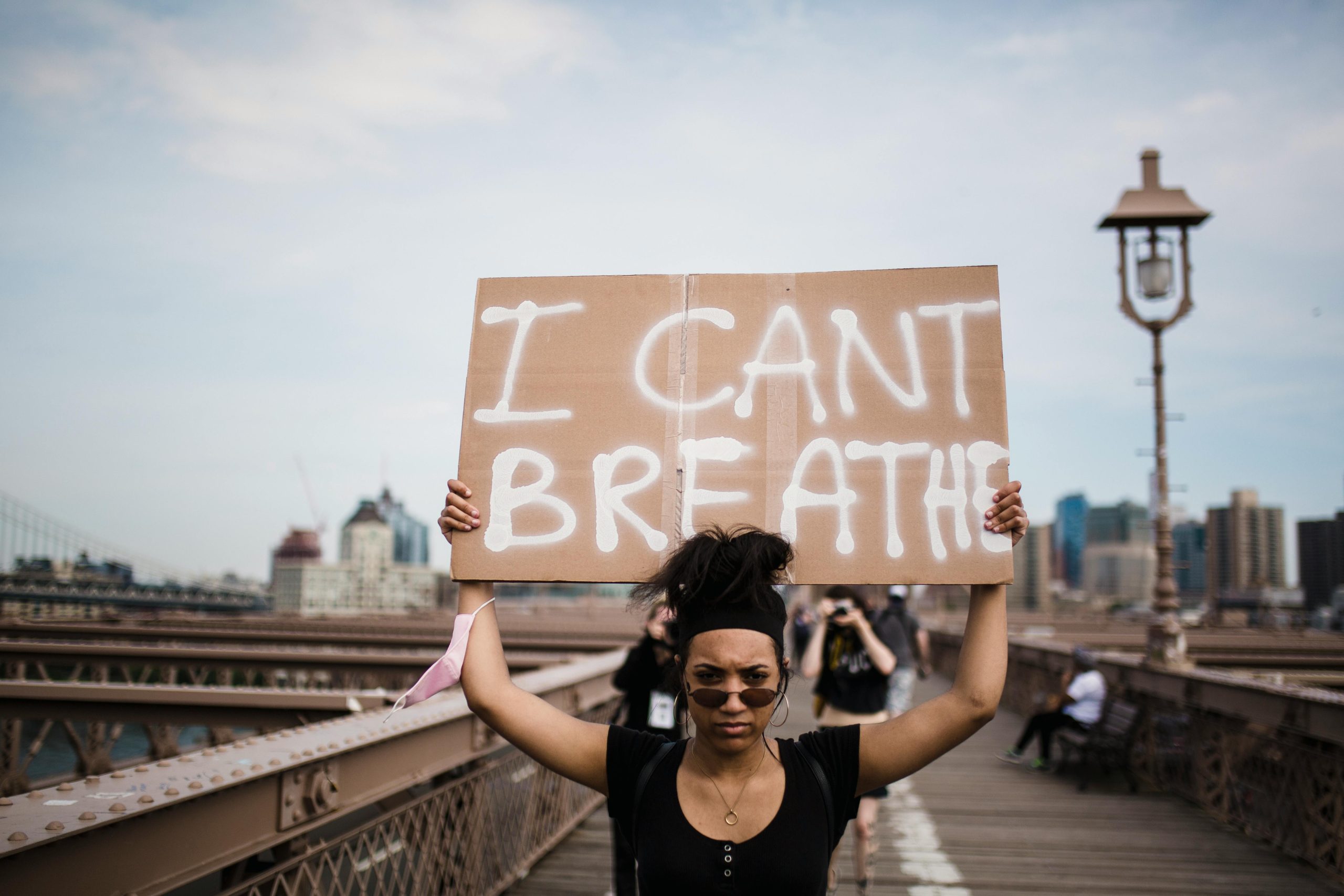Navigating the Aftermath of Being Rear-Ended by an Uninsured Driver in Minnesota
Getting into a rear-end collision can be unsettling, even more so when the other driver lacks insurance. If you find yourself in a similar situation, here’s a step-by-step guide on what actions you should take and considerations to keep in mind.
Immediate Steps Post-Accident
When unexpectedly rear-ended on a busy Minnesota freeway, relief washed over me as no one in the car was injured. In such scenarios, priority always remains on safety and immediate response. Dialing 911 ensured an officer was dispatched promptly. Presenting video evidence confirmed that I was not at fault, leading to the other driver receiving a citation. The official police report included all relevant details, like insurance information for both parties involved.
Discovering Uninsured Status
Contacting the insurance company mentioned in the report brought surprising news—the driver who hit me carried no insurance. Confirming this over a phone call, the other party suggested a private arrangement. Unsure how to proceed immediately, I asked for time to assess repair estimates. Fortunately, my own insurance policy includes coverage for uninsured drivers, so they began handling repairs. However, covering the deductible and the process of subrogation loomed. The estimate? A daunting $12,000.
Addressing Uncertainties: Key Questions
-
Insurance Premium Concerns: Naturally, worries surfaced about potential premium hikes despite my lack of fault. The representative couldn’t provide specifics, leaving the extent of any increase unclear.
-
Driving Record Impact: Information regarding whether this incident might blemish my driving record is paramount, yet hasn’t been clarified.
-
Considering Legal Representation: Engaging an accident lawyer is a consideration. Weighing the potential benefits and guidance they could provide is an ongoing internal debate.
-
Consequences for the Uninsured Driver: It’s crucial to understand the repercussions for the other driver. Will authorities like the Department of Public Safety (DPS) or the police ensure this situation doesn’t go unpunished?
-
Exploring Direct Offers: If the other driver proposes compensating me directly to cover my deductible and more, questions arise about the legality and ethics of accepting. Ensuring that such actions don’t amount to insurance fraud is essential.
Everything considered, navigating an accident with an uninsured driver involves many layers. While having the right coverage certainly cushions the blow, it’s important to fully understand your options and




I’m sorry to hear about your situation. Navigating the aftermath of an accident, especially one involving an uninsured driver, can certainly be challenging. Let’s address each of your concerns in detail:
Insurance rate increases vary by company and state, but in many cases, rates can increase even if you are not at fault. This is often because insurers consider the fact that you were involved in an accident as potentially predictive of future claims, regardless of fault. The increase, if any, depends on your insurer’s policies and your driving history. It’s crucial to review your state’s laws and your policy’s terms, or consult with your insurance representative for specifics. Minnesota law does permit insurers to raise rates based on claim frequency but not necessarily for a not-at-fault claim.
Typically, not-at-fault accidents should not negatively impact your driving record. The police report and associated claims could be noted in your insurance records, but they do not equate to convictions or traffic violations that impact your record. However, your insurer may keep a record of the incident itself for their underwriting purposes.
Given the complexities of dealing with an uninsured driver and potential compensation issues, consulting with an attorney who specializes in personal injury or traffic accidents could be advantageous. They can provide specific advice tailored to your situation, especially regarding any out-of-pocket expenses, potential settlement offers, or claims for vehicle depreciation and diminished value that your insurance might not cover. Many offer free initial consultations, so it may be worth discussing your situation to see if legal action is appropriate.
When a driver is found to be uninsured following a police report, it is typically reported to the state’s Department of Public Safety (DPS). Minnesota law can impose penalties on uninsured drivers, which might include fines, license suspension, or other consequences. It would be beneficial to follow up with the local authorities to ensure the situation is properly documented and that the appropriate administrative actions are taken.